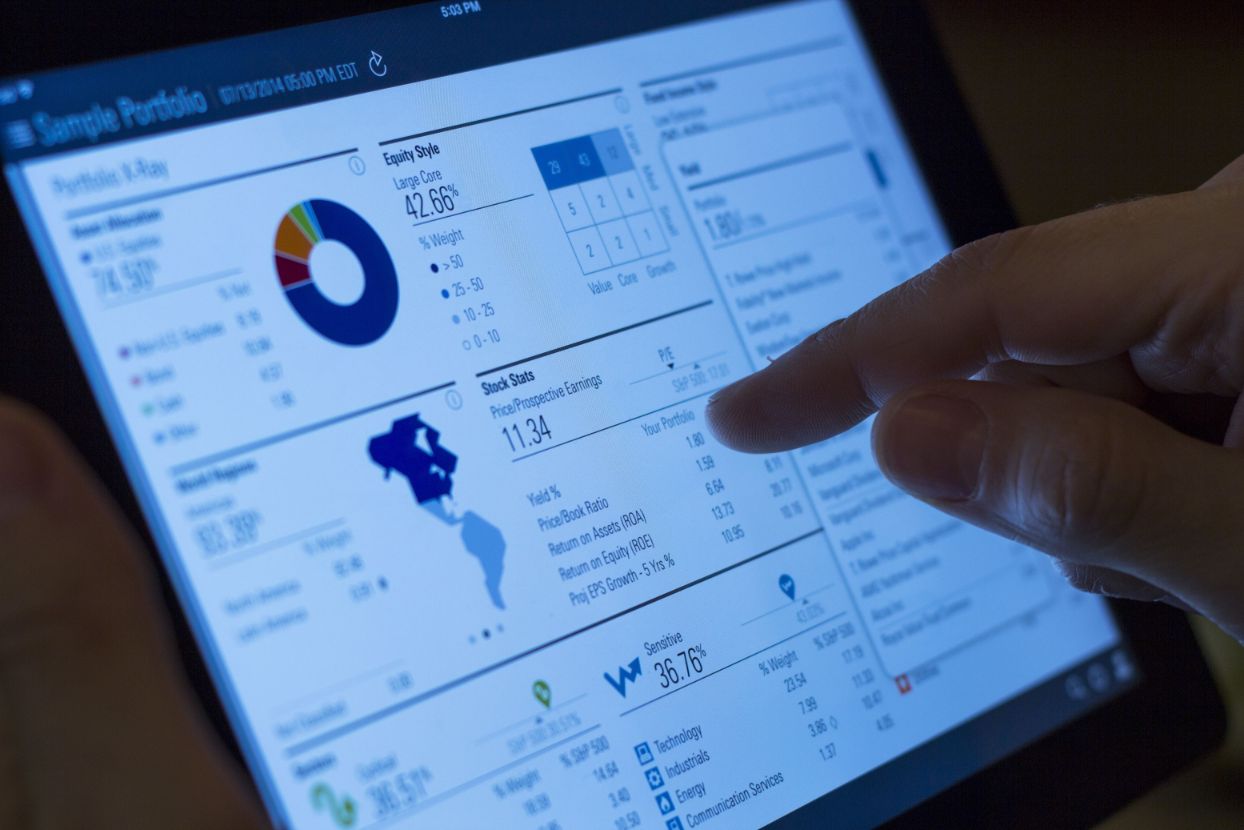We don’t need to tell you that data is everything in modern business, and that your indirect sales venture may succeed or fail on your computers’ ability to do accurate data analysis. However, in our experience, many vendors when it comes to implementing a system which allows them to handle large amounts of data, get the actionable intelligence they need, and preserve the data set so that it remains reliable.
One of the key ways to accomplish this is to have a System of Record (SOR).
What A System Of Record Does For You
What is a System of Record? Simply put, an SOR is a single authoritative source where data is maintained. By having a SOR, you can have a repository which is officially considered to be always trustworthy, when it comes to the data within it.
This may not sound like a terribly impressive concept, but for many businesses, keeping tabs on their data is a big problem. This is probably best illustrated with an example.
What Happens Without an SOR
Consider a very typical system setup we often see in ecosystems which haven’t implemented any specific systems for handling their data. The vendor at the top level has a Customer Relationship Management (CRM) system, which they use to keep track of their sales partners. CRM isn’t really made for this, but they can make it work.
In the meantime, each sales partner has their own CRM, holding onto their own customer data. If the vendor want to see that data, they have to get their own copy and load it into their own systems. Having to repeat this process for each partner becomes a burdensome task, and it’s nearly impossible to have a complete customer record set at any one time.
Worse, the data is actively being changed on the partner side. Customer A changes her phone number. Customer B makes a major new purchase. Customer C has shifted their business focus. The partner knows this, but the vendor does not, because they’re working off an older copy of the data.
How are they supposed to analyze their data with any certainty about the results they get?
They can’t.
And that’s a problem they’d need a SOR to fix. By centralizing the data, and having ONE master copy which is edited by all parties – either vendor or partner – they then have a clear source of reliable data for analysis.
Centralizing Your Data On An SOR Removes Needless Hurdles
A “monolithic” single data source isn’t always the right call for a business, but it’s almost always the right choice for an indirect sale organization. You have so many sources of data which are outside your direct control -that is, your partners- that the only way you’re ever going to be able to stay on top of the data flow is by having a central repository. It might take a little time and effort to implement the system, and get your partners converted over to using it alongside their own CRMs, but it will be well worth the effort.
In particular, this will benefit your partners as well as yourself. Shared data sources are a common resource which allows everyone to gain vital intelligence, come up with new ideas, and find ways to fine-tune their strategies. It also opens up better opportunities for your partners to be compared against each other, to see whose approaches are working and which aren’t.
The LogicBay PRM system could be your solution for implementing a System of Record in a way that’s as painless as possible. Contact us directly to learn more.


